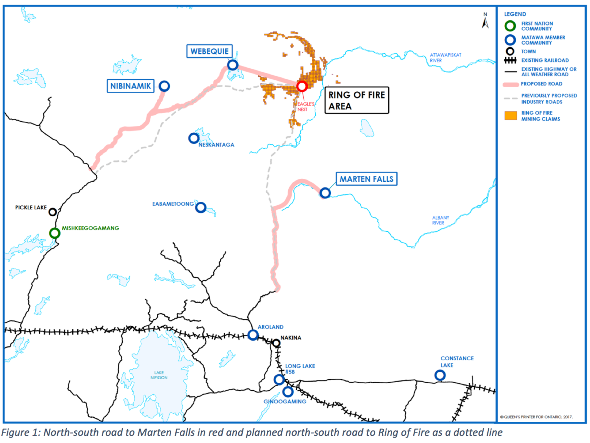https://beta.theglobeandmail.com/
Glen Hodgson is senior fellow at the Conference Board of Canada
A decade ago, Canada was being touted by political leaders and media commentators as an “energy superpower.” Does that description still fit today – and will it be appropriate tomorrow?
It goes without saying that energy is a key part of the Canadian economy. It represents about 10 per cent of GDP and one-fifth of exports. Canadian oil production has grown by around 50 per cent in volume terms over the past decade – driven by oil sands investment and production – although natural-gas production has softened. Canadian exports of oil, natural gas and low-carbon electricity are very much in demand in the U.S. market.
But the energy game is changing. Four factors are going to challenge Canada’s future status as an energy power.
Factor 1: Ample new sources of oil and natural gas supply. Arguably the most striking story of new energy supply is happening not in the traditional Organization of Petroleum Exporting Countries countries, but right next door in the United States.























